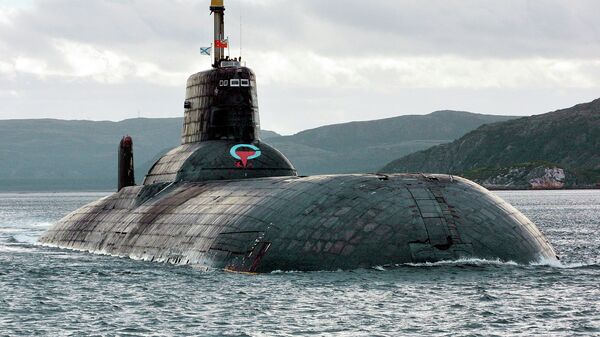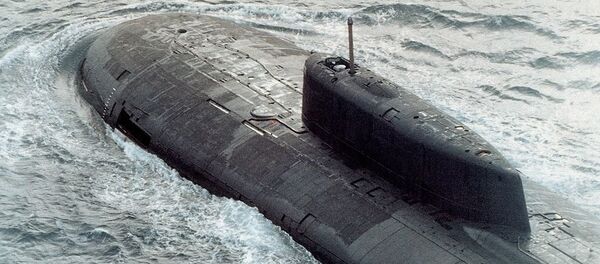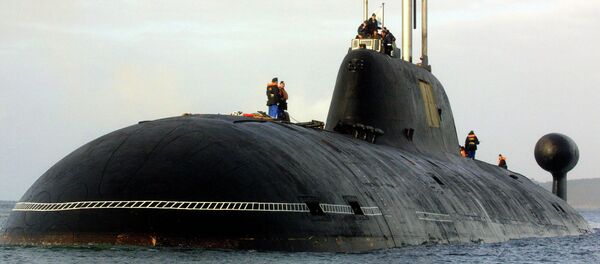Khrolenko offered a short list of technological breakthroughs which have put Russia onat the cutting edge of modern-day submarine warfare.
Aside from protecting Russia interests on the high seas, Russian submarines have for decades been setting technological records no other country has yet been able to break.
World’s First Nuclear Missile Sub
Sixty-two years ago, in September 1955 the Soviet B-67 submarine carried out the first ever launch of a ballistic missile. Over the course of the next three years, Russia added five Project AV611 (NATO reporting name – Zulu) ballistic missile submarines to its submarine fleet.
The first brigade of strategic missile submarines appeared inat the Soviet Northern Fleet in 1957.
World’s Fastest
In December 1970 the Project 661 K-162 multi-role nuclear submarine established a world underwater speed record of 44.7 knots (51 miles per hour) which remained unbeaten for several decades.
The world’s first all-titanium submarine, the K-162 featured powerful nuclear reactors and was armed with underwater launched Ametist anti-ship missiles. Experts compared the launch of the K-162 to the first human space flight, Alexander Khrolenko wrote.
The K-162 was able to hunt down and destroy any warship that was afloat at the time.
The Project 702 Lira-class multi-role submarines that came along in the late-1970s were relatively small and, were powered by a unique liquid-metal core nuclear reactor that ensured a very impressive submerged speed of 41 knots (47 miles per hour).
Though not armed with missiles, the Lira sub was equipped with enough torpedoes to take on entire enemy carrier groups.
The Enemy (Very Deep) Below
The all-titanium Project 685 submarines (NATO reporting name – Mike) could dive to 1,000 meters (3,280 feet), which made them virtually immune even to all existing means of antisubmarine warfare.
Moreover, these subs could fire 533 mm torpedo at a record depth of 800 meters (2,624 feet).
A pilot K-278 Project 685 submarine of the third generation entered service with the Northern Fleet in 1983 and established an all-time diving record to a staggering depth of 1,027 meters (3,369 feet).
Size Matters
In 1981 the Northern Fleet got the world’s largest submarine — the Project 941 Akula-class heavy missile cruiser (NATO reporting name –Typhoon).
The Akulas carried 20 RSM-52 solid-fuel ballistic missiles each with ten 100 kiloton individually-targeted warheads.
Cold War-era experts said that a single broadside of such missiles was enough to erase the entire US West Coast off the face of the Earth, Alexander Khrolenko wrote.
Meanwhile, the Russian Defense Ministry has greenlighted a contract to design a fifth-generation multirole submarine whose construction is slated to begin after 2020.





